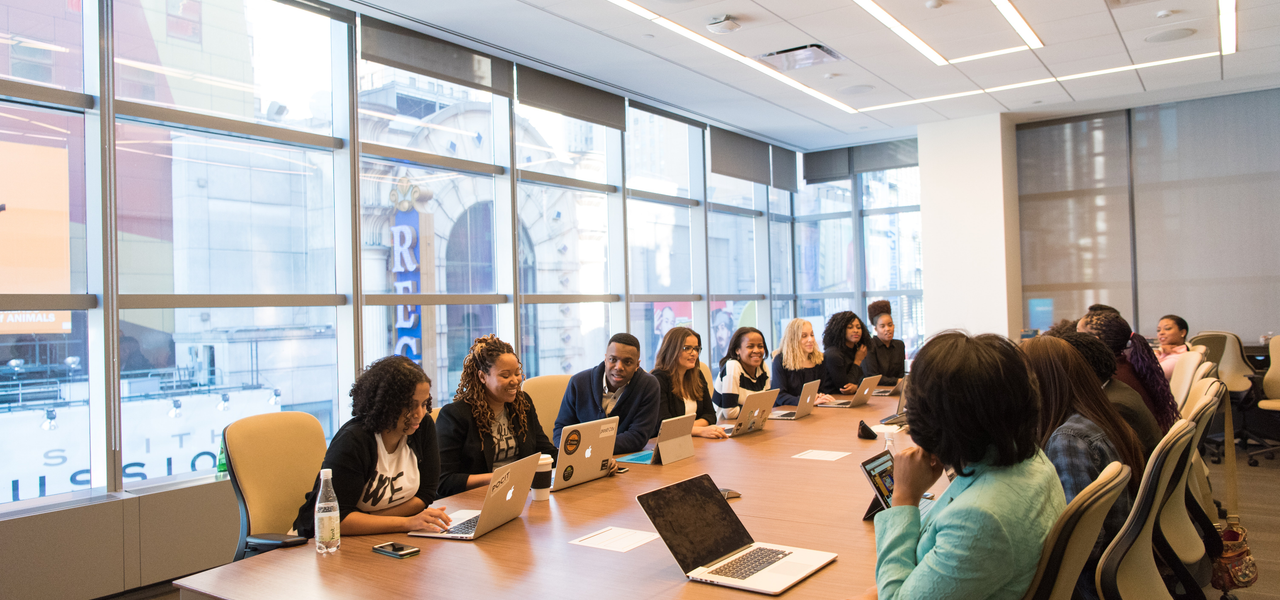In 2025, the nonprofit sector stands at a pivotal moment. While the demand for community services, social support, and mission-driven programs is increasing, many organizations are struggling to maintain the one thing they need most to function: their people.
What began as a slow burn during the pandemic has now escalated into a full-blown workforce crisis. Today, nonprofit leaders are navigating a storm of unfilled positions, employee burnout, and retention challenges that threaten the sustainability of their missions.
The Scope of the Crisis
Across the sector, executive directors and HR professionals are echoing a common concern—roles are staying vacant for longer, especially in high-touch service areas like housing, youth support, addiction recovery, and elder care. Job listings go unanswered, interviews are declined, and new hires often leave within months.
It’s not just about having fewer applicants—it's about having the wrong ones. Qualified, experienced nonprofit professionals are burning out or shifting to corporate roles where they feel more supported and better paid.
This isn’t speculation—it’s systemic. Many nonprofit staff, especially those working in direct services, are underpaid and emotionally overextended. They face exposure to trauma, long hours, and limited access to mental health support. In some cases, even basic job stability is at risk.
The Financial Reality
A key driver of this crisis is economic. Many nonprofit workers are employed full-time yet live below the financial threshold necessary to support themselves and their families. The rising cost of living and stagnating wages have made nonprofit work financially unsustainable for many.
This impact is not felt equally. Front-line employees, BIPOC professionals, and younger workers in entry-level roles often face the greatest hardship. These groups are more likely to live paycheck to paycheck and less likely to have access to savings, benefits, or long-term career development.
Add to this the growing difficulty of funding programs, the tightening of donor dollars, and the lagging support from public grants, and you have a sector trying to do more with less—while its workforce pays the price.
Leadership Strain and Culture Breakdown
The workforce crisis isn’t just about wages—it’s also about workplace culture. A growing number of staff report feeling unsupported by leadership, unclear about career growth paths, and left out of important organizational decisions.
Burnout is no longer confined to front-line staff. Mid-level managers and even executive directors are reaching their breaking point, often doing the work of multiple roles to compensate for vacancies. This "do more with less" mindset, once seen as a badge of honor in nonprofit work, has now become a barrier to sustainability.
What’s the Path Forward?
Despite the urgent challenges, this crisis presents an opportunity for real, lasting change.
- Invest in People, Not Just Programs - Nonprofits must rethink their budgets and allocate more funding toward workforce health—higher wages, improved benefits, and flexible work structures. This isn’t a luxury; it’s a necessity.
- Build a Culture of Belonging and Support - Organizations that prioritize transparent communication, DEI efforts, and shared leadership will be the ones that thrive. Employees want to feel heard, valued, and supported—not just tasked and monitored.
- Offer Growth and Learning Opportunities - Professional development is more than a perk—it’s a retention tool. Create pathways for advancement and leadership for staff at every level.
- Advocate for Sector-Wide Funding Reform - Funders, board members, and policymakers must be part of the solution. That means advocating for unrestricted funding, multi-year grants, and compensation models that reflect the complexity of nonprofit work.
Final Thoughts
This is not the end of the road for the nonprofit workforce. It’s a call to evolve. By recognizing this crisis for what it is—and acting decisively to address it—organizations can rebuild stronger, more resilient teams. The future of the sector depends on it.

